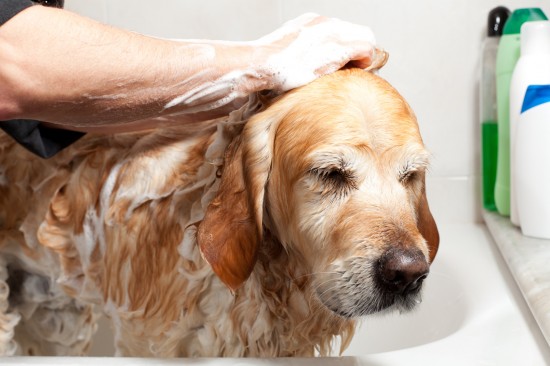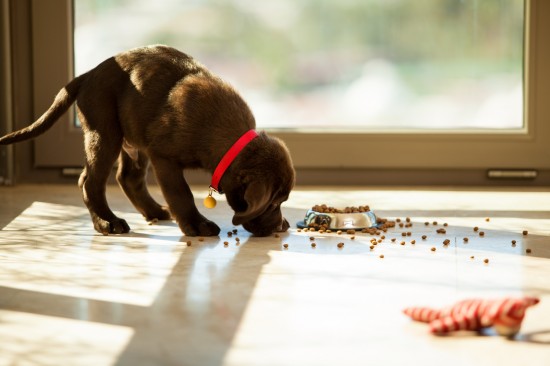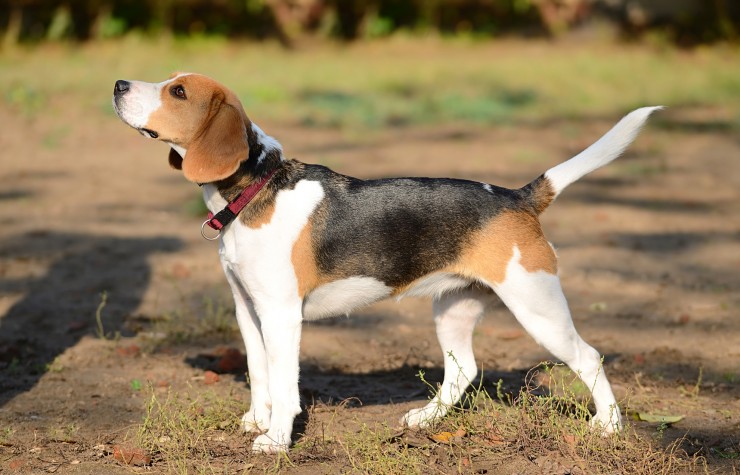Although it can sound a little bit funny, it can be quite serious and distressful for your dog if you notice that he or she is starting to suffer from anxiety when you leave the home.
How Can I tell if My Dog is Suffering from Separation Anxiety?
When you leave the room or the house if you find that your dog starts to bark or whine, it is likely they are suffering from some level of separation anxiety at its milder stages. If you begin to notice this as a trend, then it is best to react quickly in order to stop the feeling from advancing.
More severe levels of separation anxiety in dogs can lead to them barking for longer and longer periods of time, to destroying your furniture or household belongings and deliberately being naughty in any way they can think of. What they are trying to do is to get your attention and to make you stay.
Why do Dogs Suffer from Separation Anxiety?
Essentially dogs require company. In the wild dogs are used to spending lots of their time with other dogs in packs, so it is normal for them to crave that company in a domestic environment as well. Instead of other dogs, they will bond to their owners and the family to which they now belong. It is therefore understandable that they may feel upset when you leave without them.
But why some dogs suffer more than others is not a mystery, and there is hope for your dog. Because we as owners feel bad at leaving our dog, it is natural that we give the animal a cuddle, some attention and affection before we go out. Then when we get home we do the same, lavishing them with love. For your dog, he doesn't understand this pattern, and when you leave becomes anxious for you to return and the more that the routine is reinforced the more anxious your dog is likely to become.
How to Reduce Your Dog's Separation Anxiety
Quite simply the way to improve the level of separation anxiety that your dog is feeling is to break the routine. There are several steps required to doing this, so we have set them out below:
1. Identify the moment your dog starts feeling anxious. Before you can start to work on a solution to your dog's separation anxiety you have to determine what is triggering it to occur. It may be the alarm, the way you have breakfast, the sound of your computer as it comes to life so you can check your emails before heading to the office. It really could be anything that you do, but it is most likely to be something you do on workdays and not on non-workdays.
2. Change that item of your routine. Once you know what is triggering the anxiety to occur you can change it, whether that means using a different alarm, eating your breakfast before you shower, or avoiding the computer. Mix it up and vary it as every little amendment will assist in decreasing the level of separation anxiety your dog is likely to feel before you leave.
3. Do not reward your dog when they are anxious. It sounds crazy and you may feel that this isn't what you are doing, but by lavishing attention upon them before and after you leave, you are rewarding them for their anxious behaviour. Do this by avoiding your dog for at least 10 minutes when you get home. It sounds hard, and it will be, especially when they give you their cute sad look and whine at you, but it will along with changes to your routine start to change their association with the separation anxiety.
4. Reinforce the good training. Practice the separation when you have time by popping your dog into a different room and then ignoring them when they come out. Another way to assist your dog in learning to deal with separation is to vary the periods that you are away for. If you normally go to work for a full day, try leaving him behind next time you go to the shops, or when you pop to the milk bar. In this way your dog will stop associating separation with a long period, and will get used to you coming and going. This will assure your dog that you will always return.
Keep Good Habits Going
It is difficult and can be emotionally draining to train your dog to deal with separation anxiety. You will no doubt feel that you are being cruel or mean by not responding immediately to their distress. This is not the case. It is important to reassure yourself throughout the process that you are doing the right thing and that your dog will both be happier and healthier if they are not suffering from separation anxiety.
The key with separation anxiety is to look out for the signs and to act at the first sign. Another option for reducing separation anxiety is to use a method called Crate Training.

 Seven Interesting Facts About Tortoiseshell And Calico Cats
Seven Interesting
Seven Interesting Facts About Tortoiseshell And Calico Cats
Seven Interesting
 Help! My Dog Smells Terrible!
Help! My Dog Smel
Help! My Dog Smells Terrible!
Help! My Dog Smel
 Bedlington Terrier Health And Longevity
Bedlington Terrie
Bedlington Terrier Health And Longevity
Bedlington Terrie
 Some Tips For Dealing With A Dog That Is A Messy Eater
Some Tips For Dea
Some Tips For Dealing With A Dog That Is A Messy Eater
Some Tips For Dea
 Is A Hound The Right Breed For You?
Is A Hound The Ri
Is A Hound The Right Breed For You?
Is A Hound The Ri